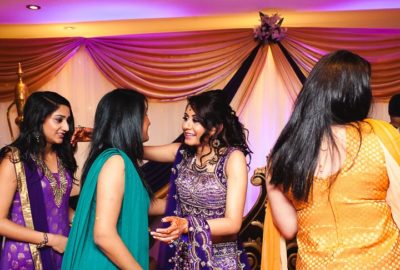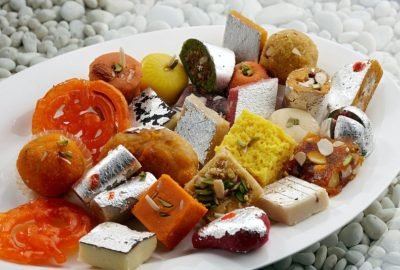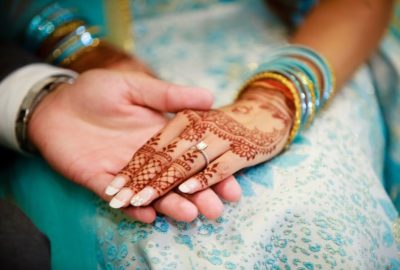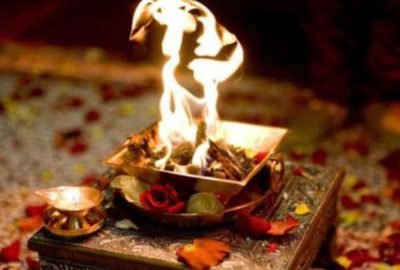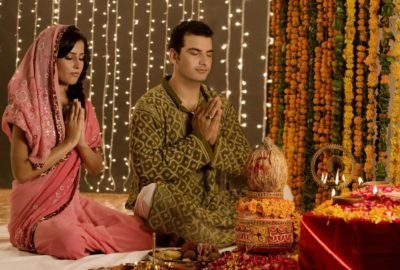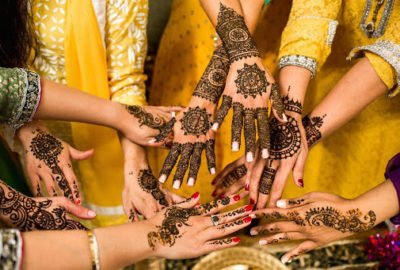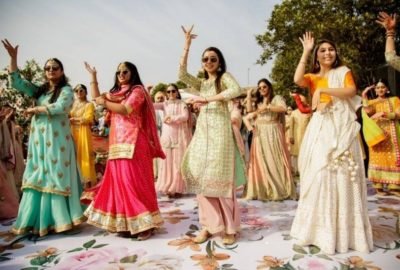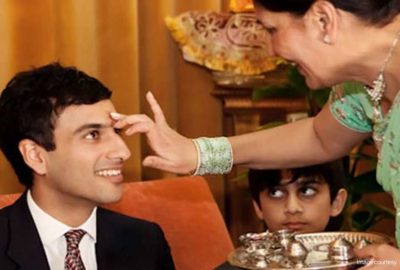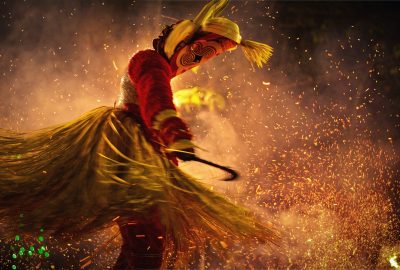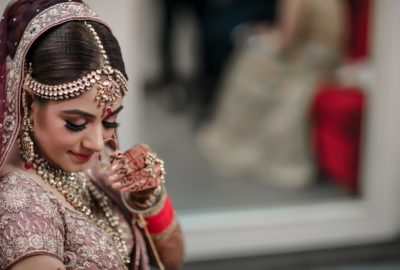No doubt, a wedding day is an essential moment in the bride’s and groom’s lives that requires a lot of preparation. But, in the Hindu culture, engagement is also very important, although it is a matter of personal preferences what rituals to perform. If a couple wants to uphold all sacred traditions, their days before the wedding are full of rituals and traditions.
It can be a large celebration with all relatives and friends or small meetings in familiar surroundings. So, let’s consider how to prepare for a Hindu engagement ceremony and what traditions are included in it.
At first, let’s answer the most popular questions among guests of such a ceremony.
What should I wear to the Hindy engagement ceremony?
If you are invited to the Hindu engagement ceremony, you can choose traditional Indian wearing: sarees or lenghas for women and pants with long-sleeved tunics for men. Also, you can wear non-traditional but respectful clothes suitable for the ceremony. Take your attention to bright colors with their religious connotations, it will look good during the celebration.
If you get dressed for the Mehndi party and want to make a mehndi design, you should choose something with short sleeves and comfortable for long sitting. Also, get ready that henna can stain your outfit.
What should I take as a gift to the engagement ceremony?
If you aren’t a member of the immediate family, you shouldn’t take a gift to the Hindu engagement or pre-wedding ceremonies. Sweets or flowers will be in order, but the most wanted are your blessings for the bride, the groom, and their families.
So, let’s move on to the 6 Hindu engagement traditions and their meanings.
#1. Mangni (Nischitarham)
This tradition reminds a western engagement and is named Mangni in northern India or Nischitarham in southern India. It takes place when the bride’s father gives his consent to the wedding to the groom’s father. After this, the couple can be officially engaged. They participate in Lagna-Patika, a written vow that confirms their future marriage. Also, they exchange rings. Generally, a few months after this ceremony, the wedding will take place.
#2. Graha Shanti
This ceremony takes place several days before the wedding and is intended to bring happiness, prosperity, and peace to the couple’s family life. Graha Shanti consists of three parts: haladi, muhurtamedha, and sankalpa.
Haladi is the purification ritual when married family members put on the bride and the groom scented oils and halad, the mix of turmeric, water, and oil as a symbol of blessing. After this, it is time for muhurtamedha, a ritual when a future wedding day is declared. Graha Shanti ends with sankalpa, praying for blessing the couple.
#3. Puja
Puja is a prayer ritual performed in honor of divinities. Both families participate in Puja and exchange different gifts, it can be clothes and accessories. There are a lot of Pujas with a different meaning, and all of them are intended to bless the future marriage. After Puja, the couple is pronounced as bride and groom despite the fact that they will be married in a few days later.
#4. Mehndi Party
Mehndi ceremony is a party for the bride, her family, and female friends. The main ritual of this day is the application of bridal mehndi, a special henna design on the bride’s hands and feet. The paste of henna is used for temporary covering the skin with complicated patterns. During all time when henna design dries, the bride should sit. There is an opinion that this pattern can show the groom’s love: if the color of the dried design is dark or if it lasts on the skin long enough before fade away, the groom’s love is deep and clear.
Mehndi ceremony takes place on the day before the wedding, the application of mehndi design requires a lot of time.
#5. Sangeet ceremony
Sangeet is the final part of the Mehndi ceremony and means “sung together”. It is a pre-wedding party when the bride’s family greets the family of the groom. They sing, dance, and celebrate future wedding ceremony together.
#6. Tilak ceremony
It is the analog of men’s Mehndi party for the groom, his male family members, and close friends. At this ceremony, the groom takes a tilak or paste, painted on his forehead, a symbol that he will be a loving husband and father. Both fathers, the bride’s and groom’s, in their turn, exchange the gifts.
Now you know what to expect from Hindu engagement ceremonies and are ready to participate in this joyful celebration.

